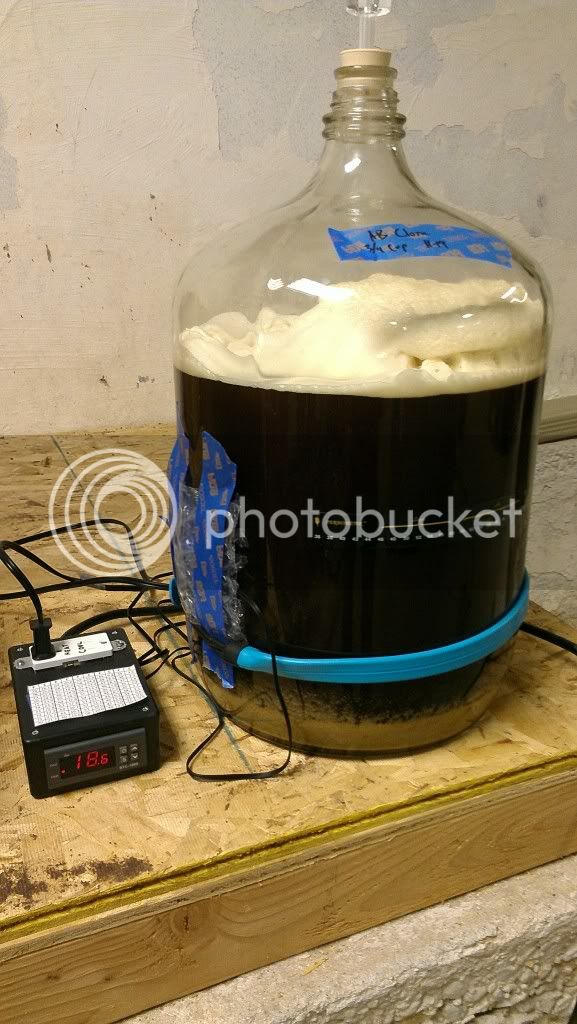Hello All - I have been reading Homebrew Talk forums for a while now and definitely rely on everybody's awesome input and knowledge. I know there are blogs on temperature and the effect on fermentation but I want to see if I can get some input from somebody in the same geographic location. I live in Oshkosh, WI and allow the beer to ferment in my basement. I am on my seventh batch and now that it's getting cold out I noticed my basement of my 2001 house dipping down to under 60 degrees. I am worried of sluggish or extended fermentation since I am getting under 60 degrees. Any advice on keeping a 10 x 10 foot unfinished room with cement walls in the mid 60s?
I started worrying after I did a batch of Brewer's Best Belgian Golden Ale. I transferred it to the secondary before fermentation was complete 1 week ago per the kit instructions. Conflicting to what the kit instructions said (transfer when fermentation is nearly complete), I read on here that the SG should read what is required for bottling and not before fermentation completes. It tasted good when I transferred it but has still been slowly bubbling for 2 weeks (1 week primary, 1 week secondary), and I am guessing because of the lower basement temp and type of yeast used for a Belgian type of beer. OG 1.073 (range is 1.071 - 1.075) SG when transferred to secondary 1.016 (FG range 1.011 - 1.015) Transferred to secondary on day 9 and I would take the gravity from the secondary before bottling Average basement temp has been 61 degrees I know I am going all over the place with questions about controlling temperature and then asking questions about the beer in process... But let me know what you think. Thank you in advance and happy brewing
I started worrying after I did a batch of Brewer's Best Belgian Golden Ale. I transferred it to the secondary before fermentation was complete 1 week ago per the kit instructions. Conflicting to what the kit instructions said (transfer when fermentation is nearly complete), I read on here that the SG should read what is required for bottling and not before fermentation completes. It tasted good when I transferred it but has still been slowly bubbling for 2 weeks (1 week primary, 1 week secondary), and I am guessing because of the lower basement temp and type of yeast used for a Belgian type of beer. OG 1.073 (range is 1.071 - 1.075) SG when transferred to secondary 1.016 (FG range 1.011 - 1.015) Transferred to secondary on day 9 and I would take the gravity from the secondary before bottling Average basement temp has been 61 degrees I know I am going all over the place with questions about controlling temperature and then asking questions about the beer in process... But let me know what you think. Thank you in advance and happy brewing




